Weight
1 kg
Size
16 × 23 cm
Language
English
Format
Flexi-cover, Hardback
Pages
408
Publishing date
10 March 2025
Published by
Lynx Nature Books
Authors
Description
Birds of Vietnam – Second Edition: A Comprehensive Field Guide for Birdwatchers
Birds of Vietnam is the definitive field guide for anyone interested in the rich and varied birdlife of this Southeast Asian hotspot. Renowned for its incredible biodiversity, Vietnam is home to more endemic and near-endemic bird species than any other country in mainland Southeast Asia. This second edition offers the most complete and up-to-date reference for birders, researchers, and conservationists exploring Vietnam’s extraordinary avian diversity.
With a total of 931 species described in detail—including 16 endemic species and subspecies groups, and 42 near-endemic species and subspecies groups—Birds of Vietnam is an indispensable tool in the field. The book combines detailed texts, high-quality illustrations, full-colour range maps, and digital enhancements to provide an intuitive and authoritative resource for bird identification and study.
Key Features
- Comprehensive Species Coverage: All 931 bird species recorded in Vietnam are covered with authoritative text on status, habitat, behaviour, geographical variation, voice, and confusion species.
- Over 1,970 Illustrations: Depicting males, females, immatures, birds in flight, and both breeding and non-breeding plumages.
- Updated Range Maps: More than 880 full-colour distribution maps for regularly occurring species and breeding subspecies, reflecting the latest data.
- Integrated Audiovisual Content: Each account includes a QR code linking to the Cornell Lab of Ornithology’s online resources, giving readers access to bird sounds, videos, and photographs.
- Local Names: Vietnamese bird names are included for accessibility and educational outreach.
- Taxonomic Updates: Scientific and English names revised to align with the HBW and BirdLife International Digital Checklist (Version 9, 2024).
- Conservation Status: Fully updated to reflect the most recent IUCN Red List assessments, with improved visual clarity on threatened species.
What’s New in the Second Edition?
The second edition of Birds of Vietnam is a major update from the first edition published in 2018. It incorporates the latest ornithological discoveries and presents significant content upgrades:
- New Species: Adds 13 bird species recorded in Vietnam between 2018 and 2024. Each is featured with its own detailed entry, range map, and QR code linking to multimedia resources.
- Improved Distribution Maps: Approximately 30 species now feature revised range maps reflecting new observations, breeding data, and recent fieldwork.
- Updated Nomenclature: All species and subspecies names have been reviewed.
- Expanded Species Accounts: Many texts have been rewritten or extended to improve clarity and to include recent insights on vocalisation, range shifts, and breeding behaviour.
Why Choose Birds of Vietnam?
Vietnam’s diverse habitats—ranging from coastal wetlands and rice paddies to limestone karst hills, montane forests, and tropical lowlands—offer exceptional birding opportunities. The country’s avifauna includes a broad range of endemics, sought-after laughingthrushes, forest pittas, and globally threatened species like the Vietnam Pheasant and White-throated Wren-babbler.
Birds of Vietnam stands out as the most complete and beautifully illustrated field guide dedicated to Vietnam’s birdlife. It combines scientific accuracy with practical field usability, making it an indispensable tool for birders travelling in the region, as well as for ornithologists and local conservation groups.
Designed for birders of all levels, this book is perfect for those planning a first birding trip to Vietnam, researchers needing accurate distribution data, or seasoned birdwatchers updating their field guides with the most recent discoveries. Whether you’re planning your first birding trip to Vietnam or are already familiar with its forests and wetlands, this book ensures you have the most reliable and up-to-date reference in hand.

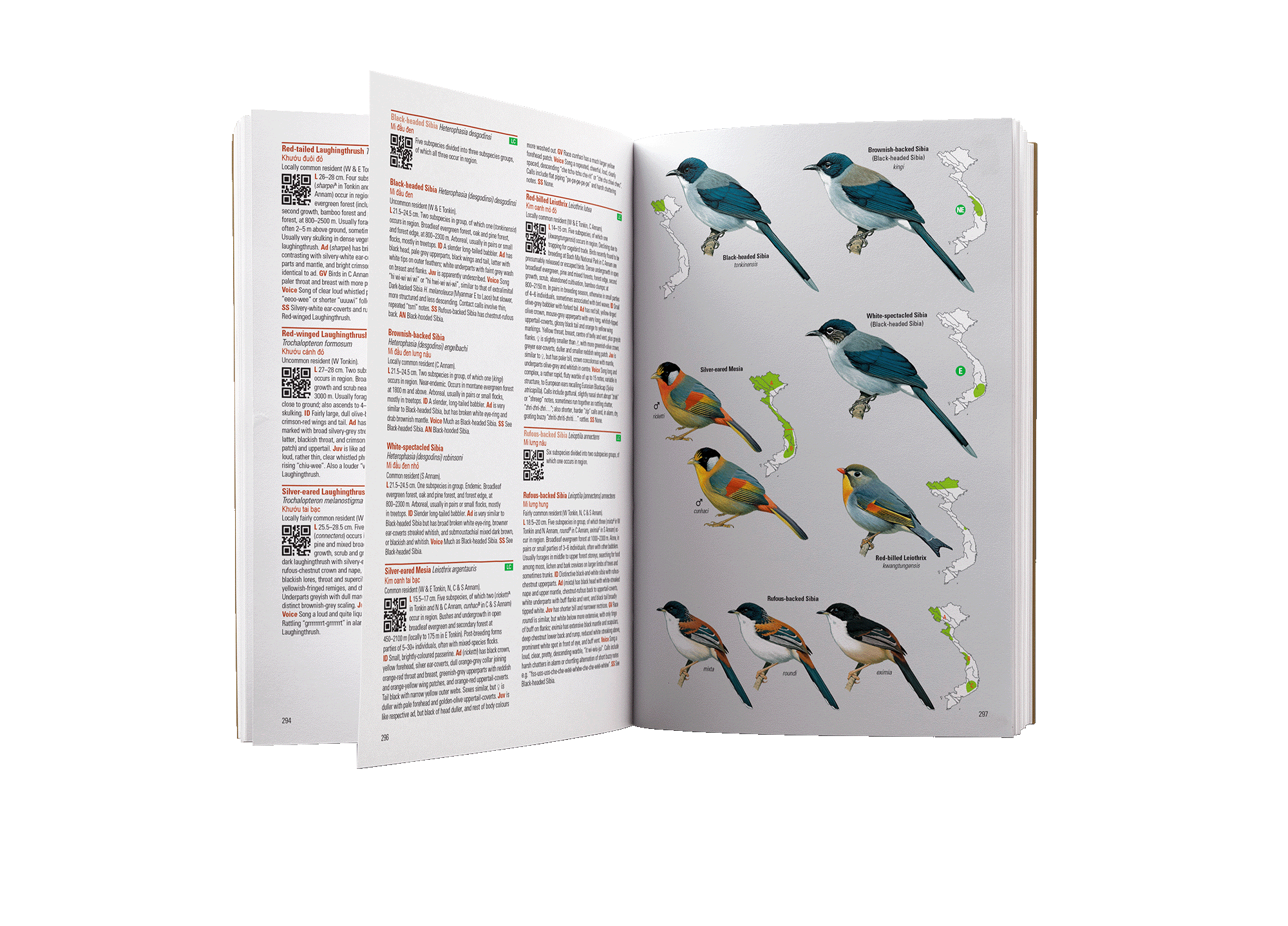
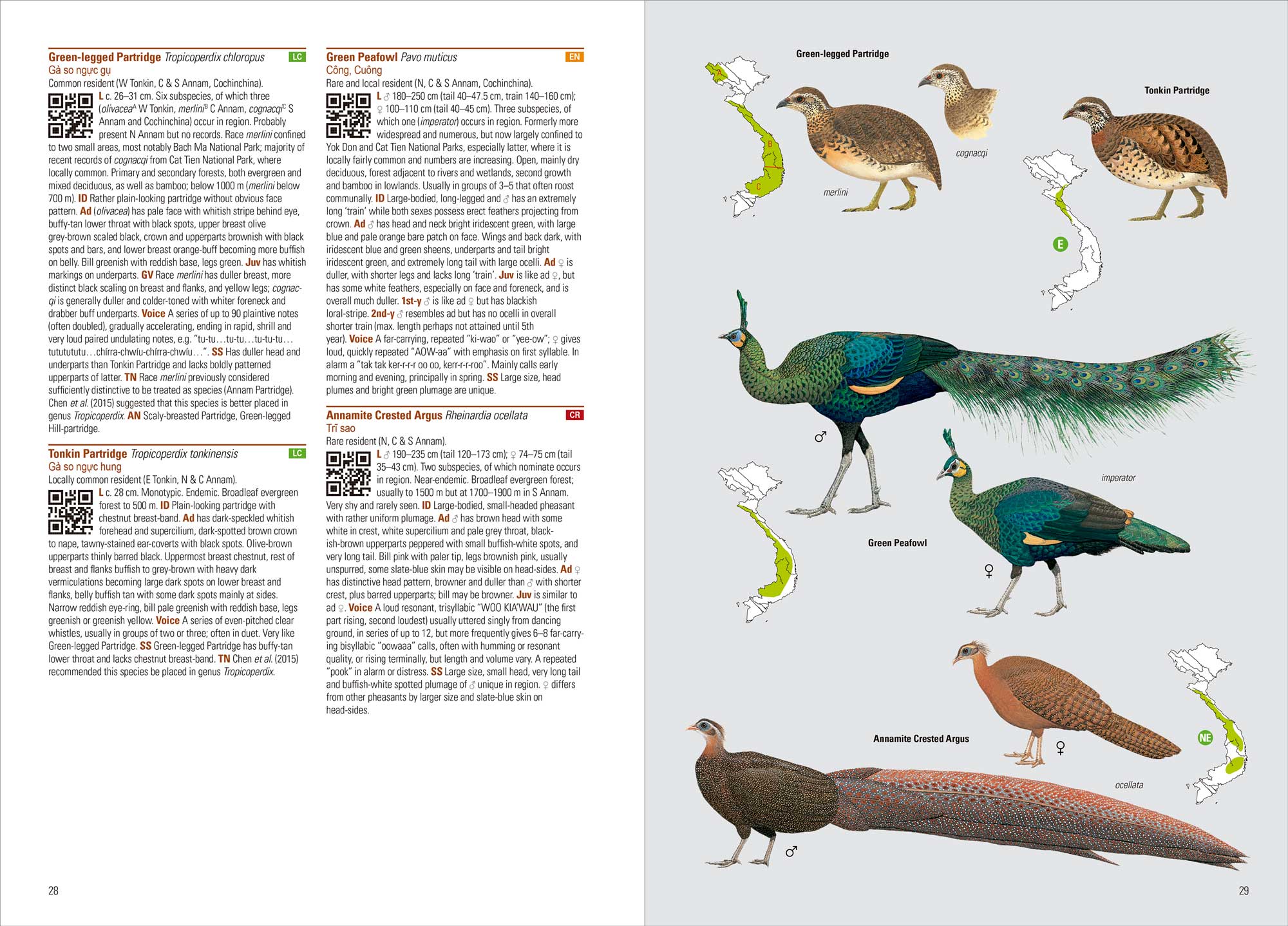

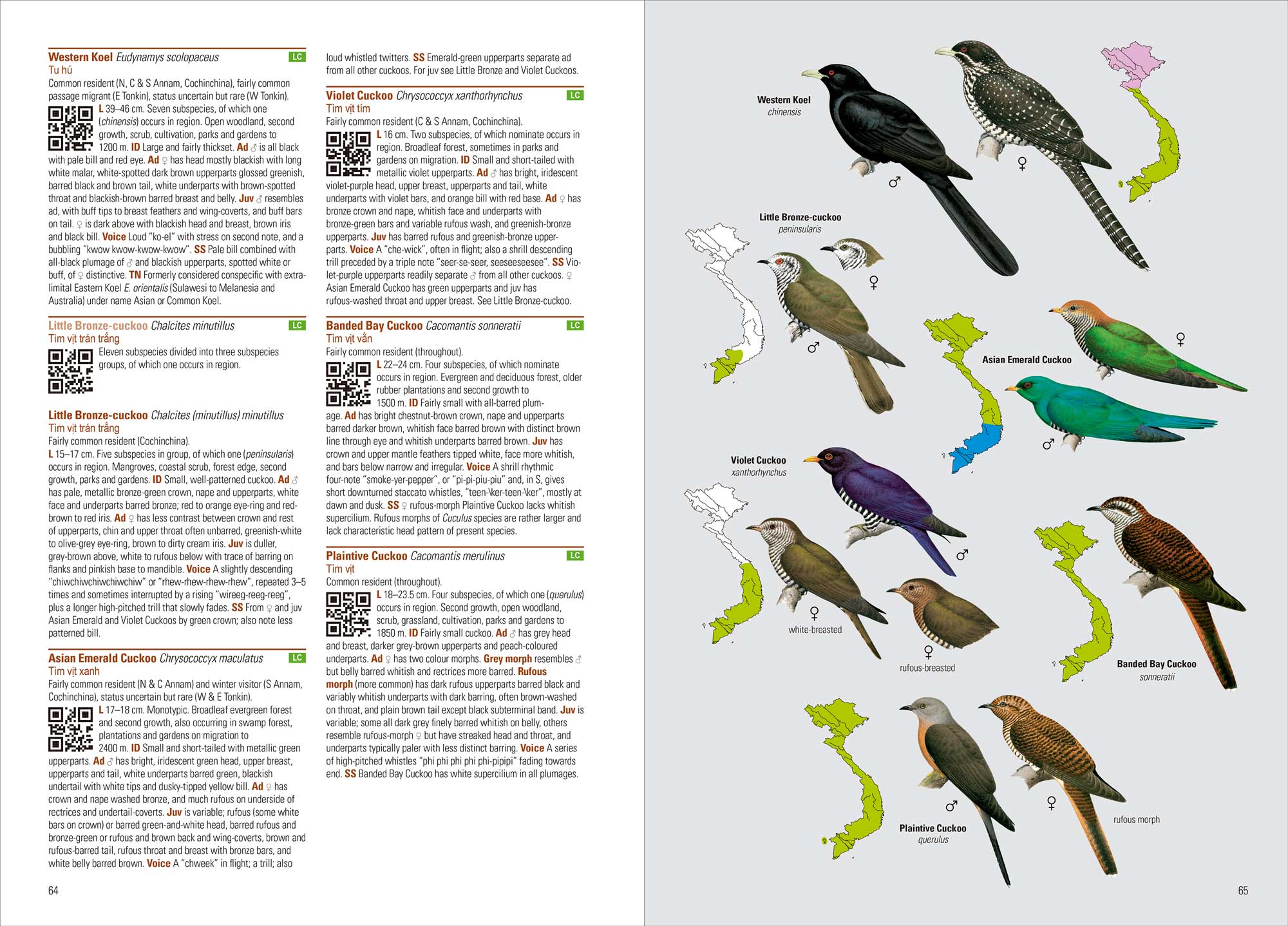
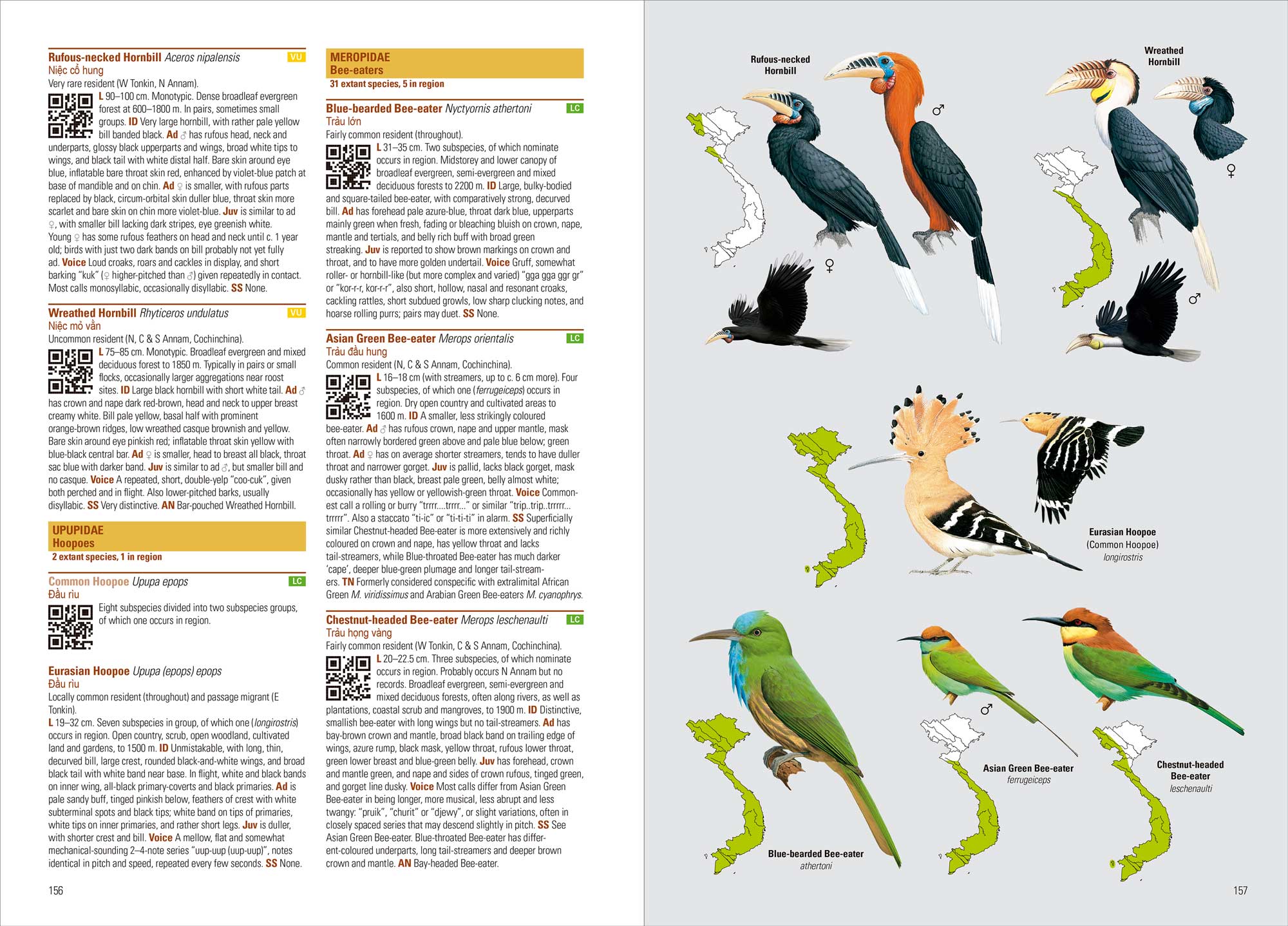
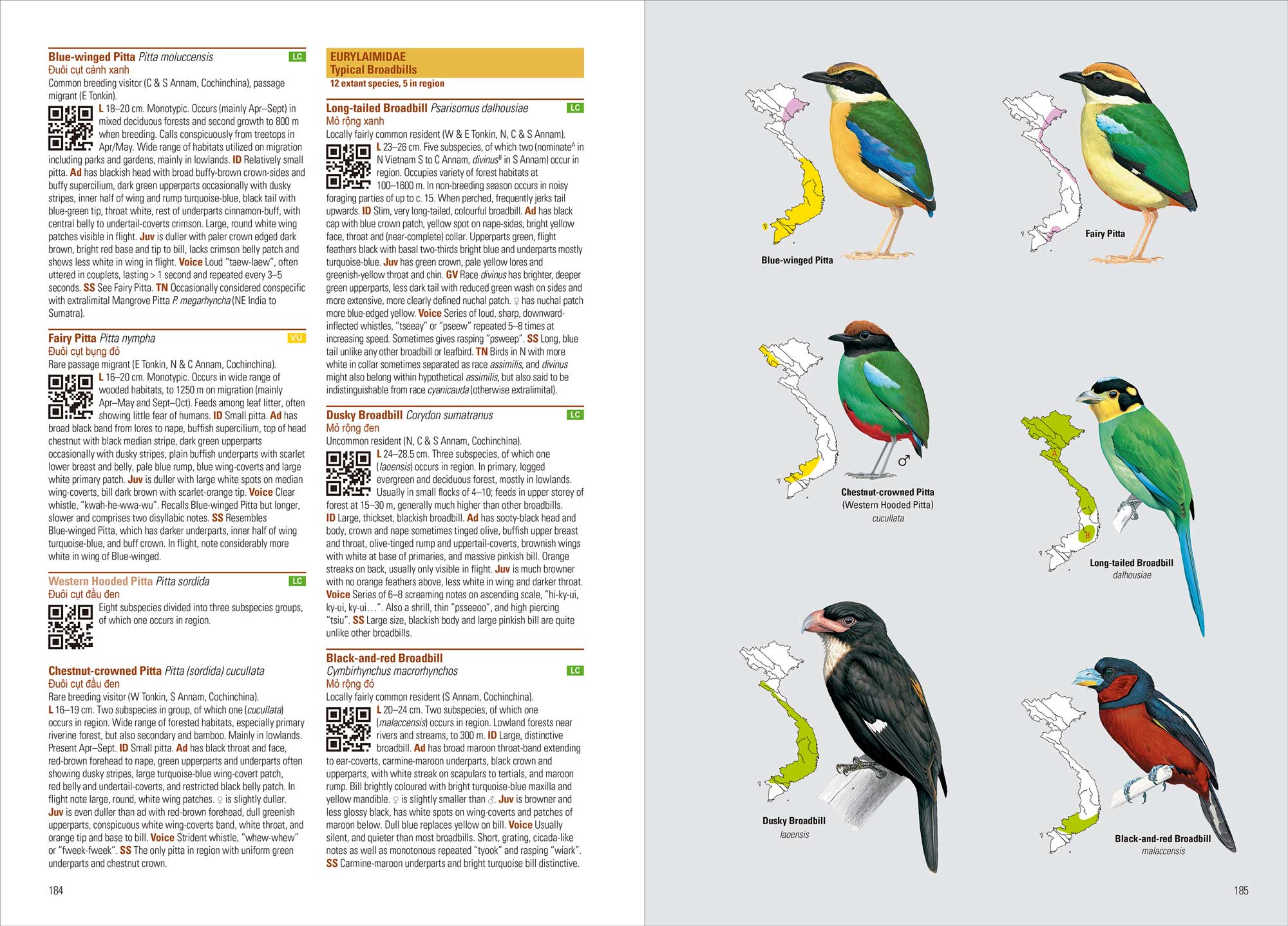
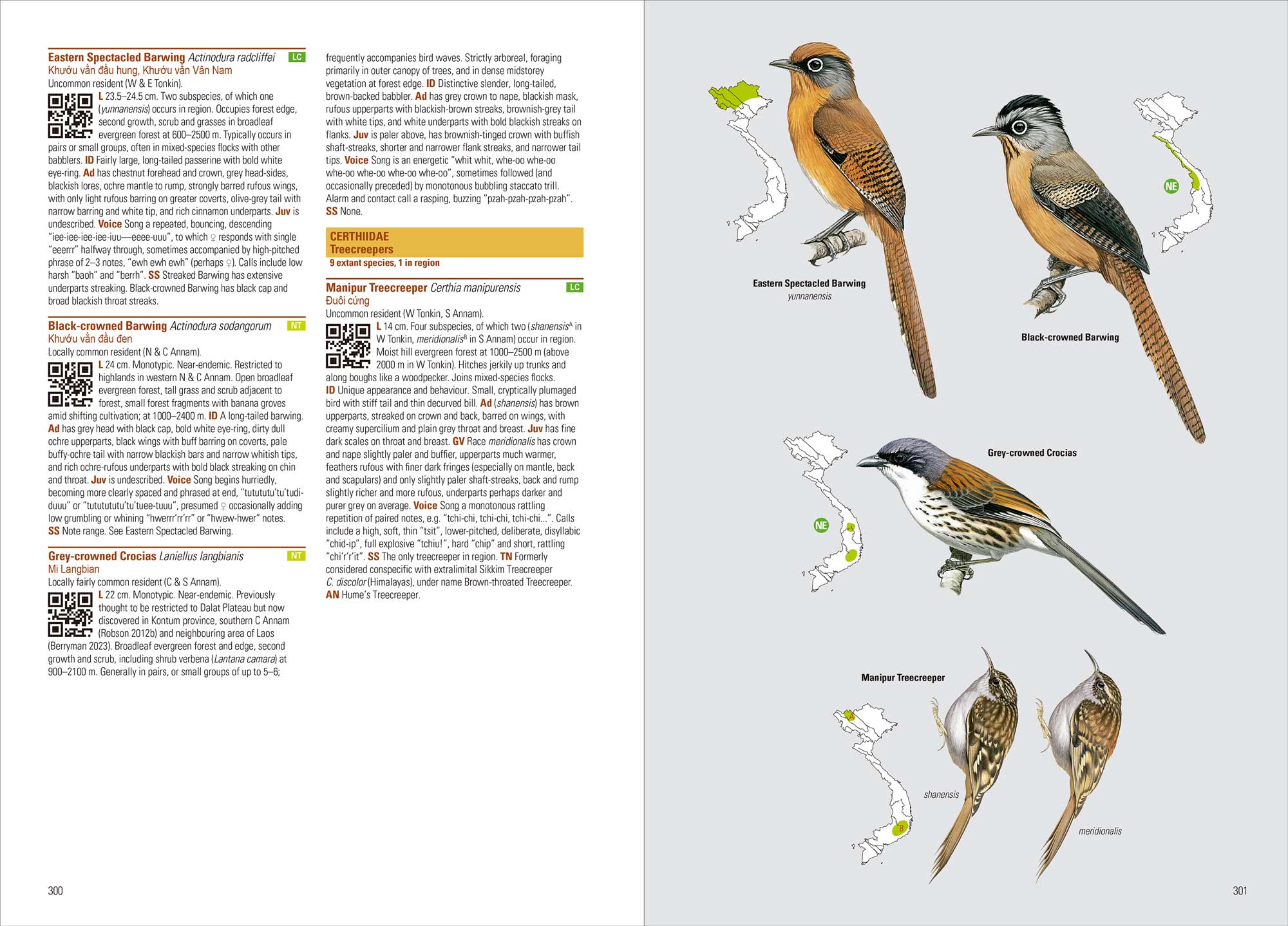
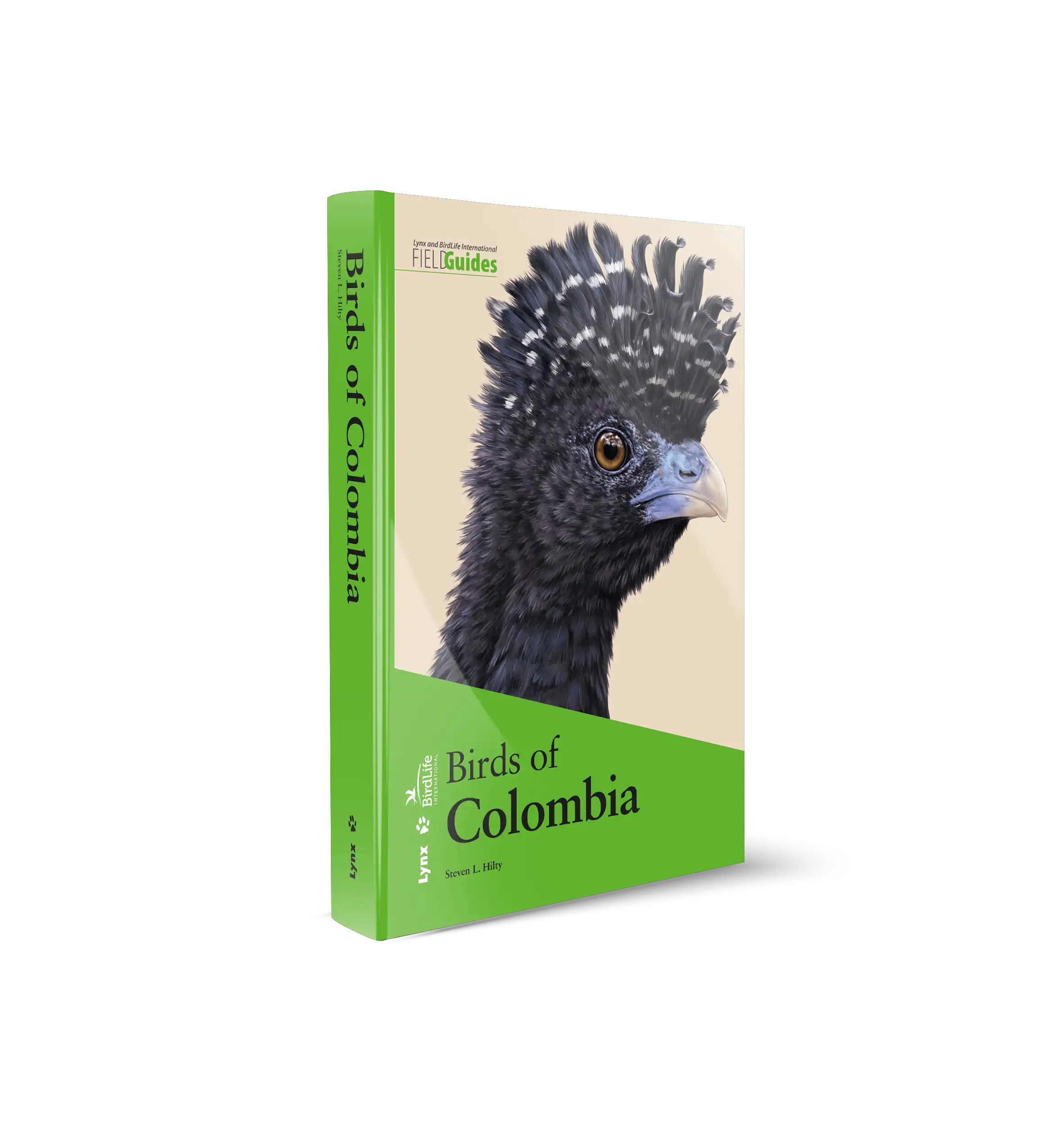
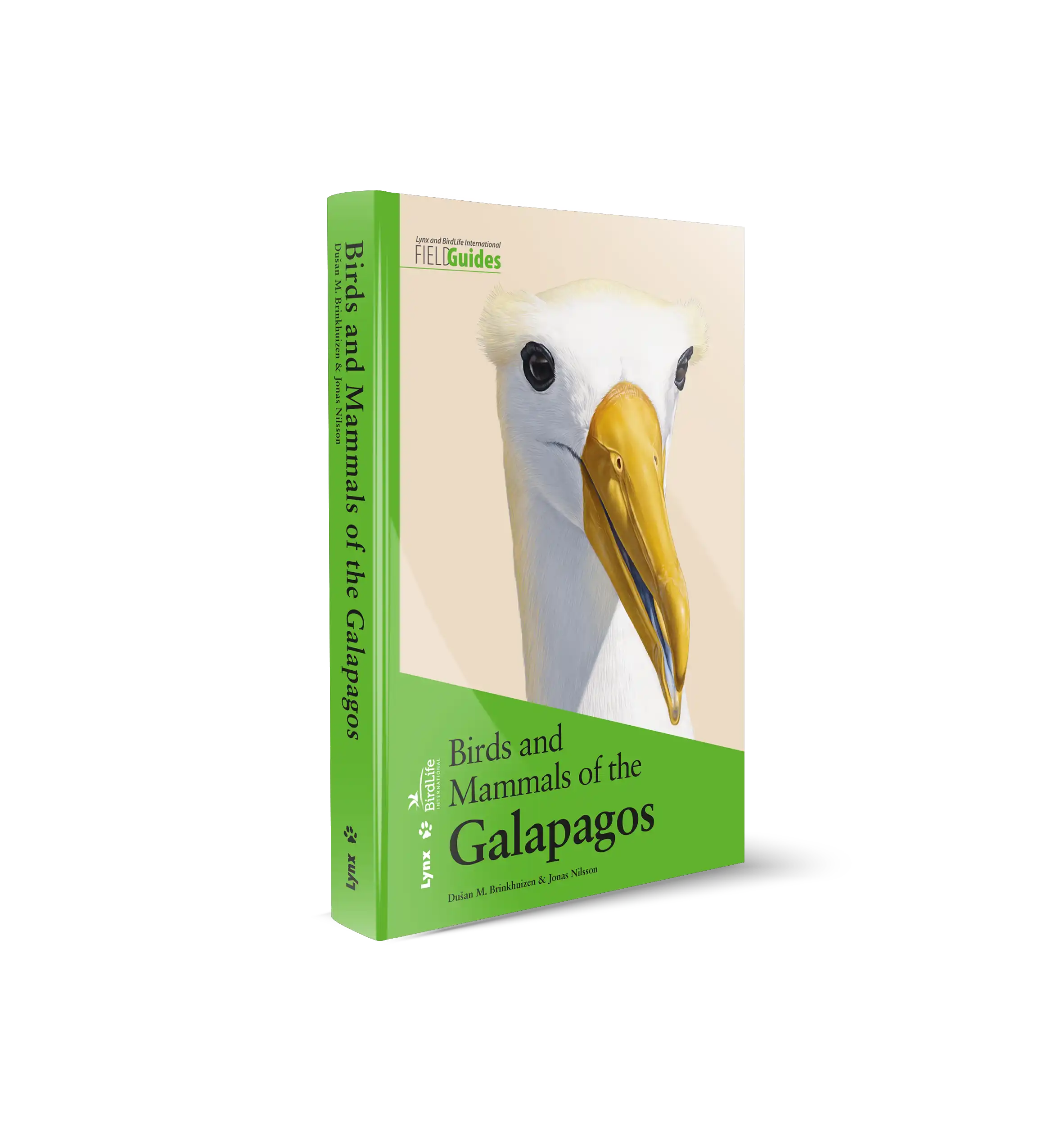
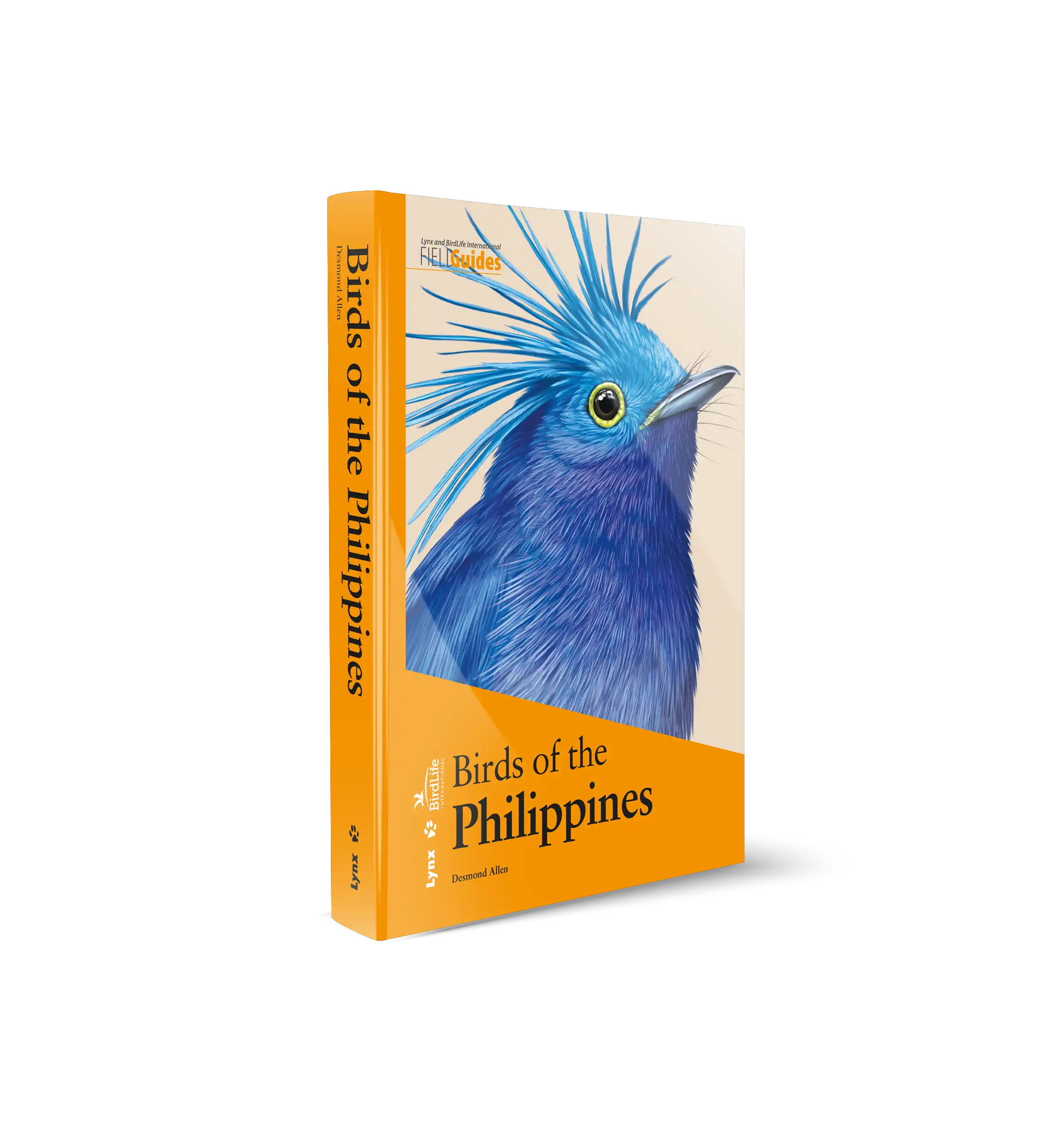
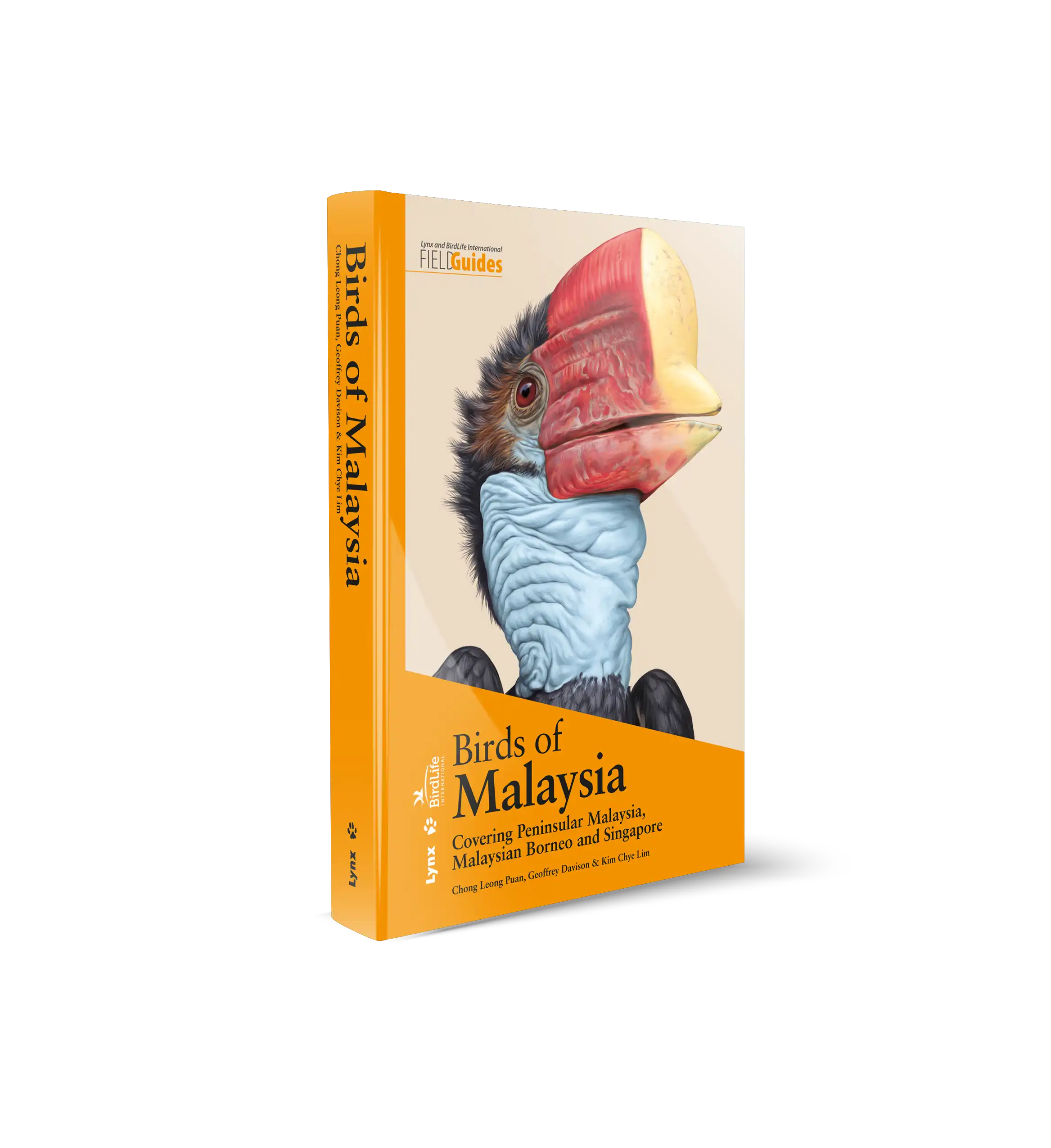
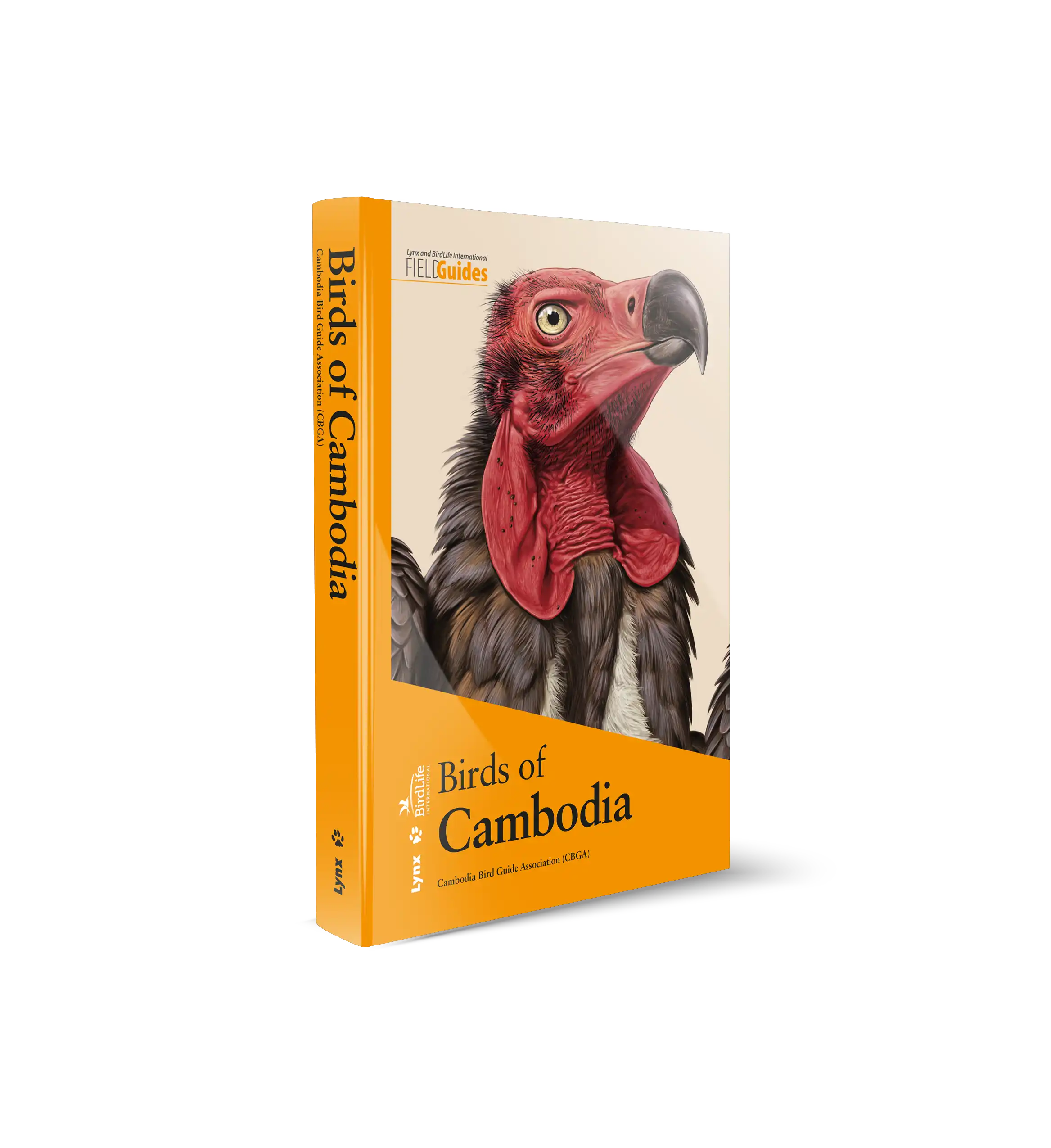
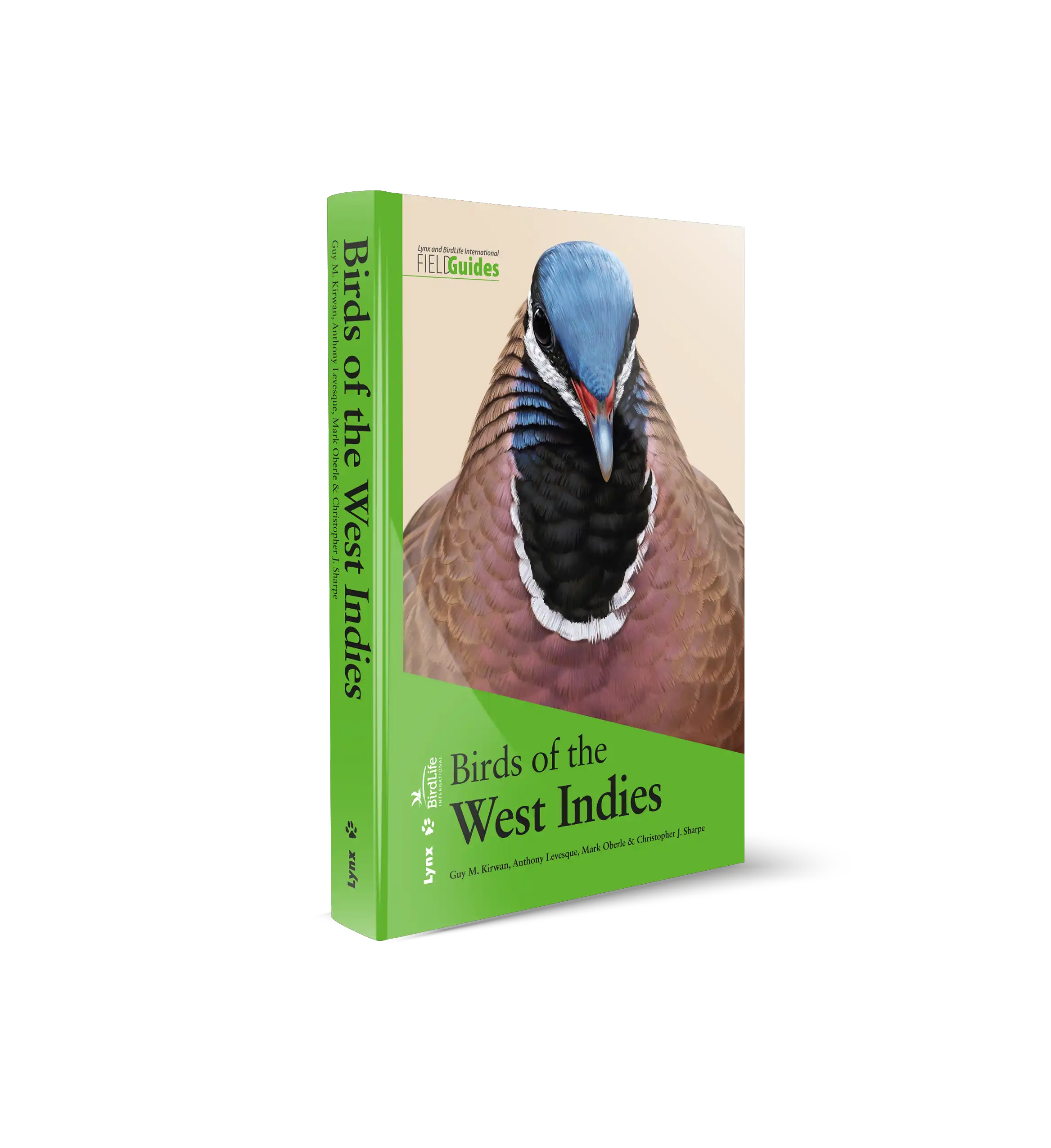
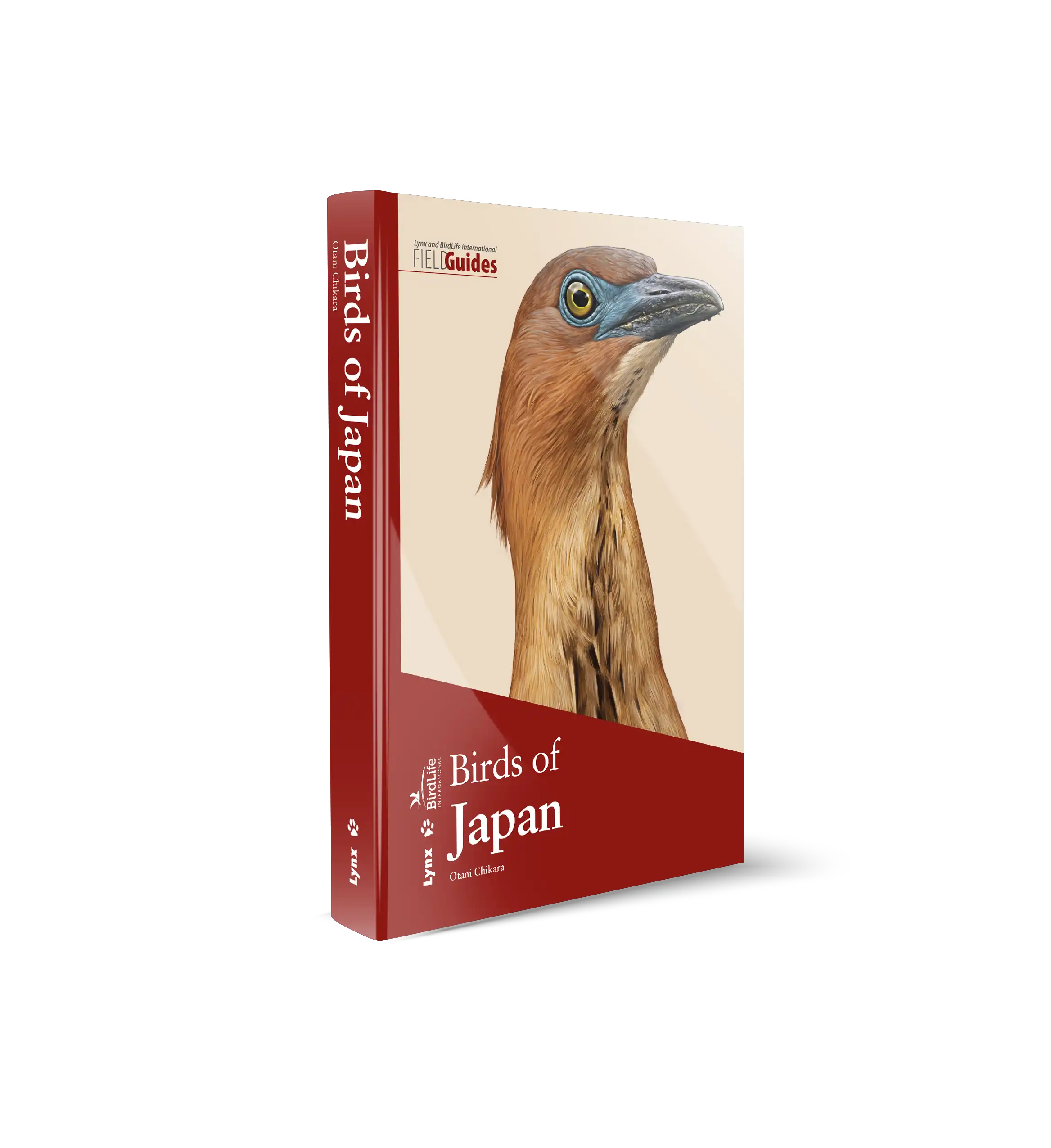

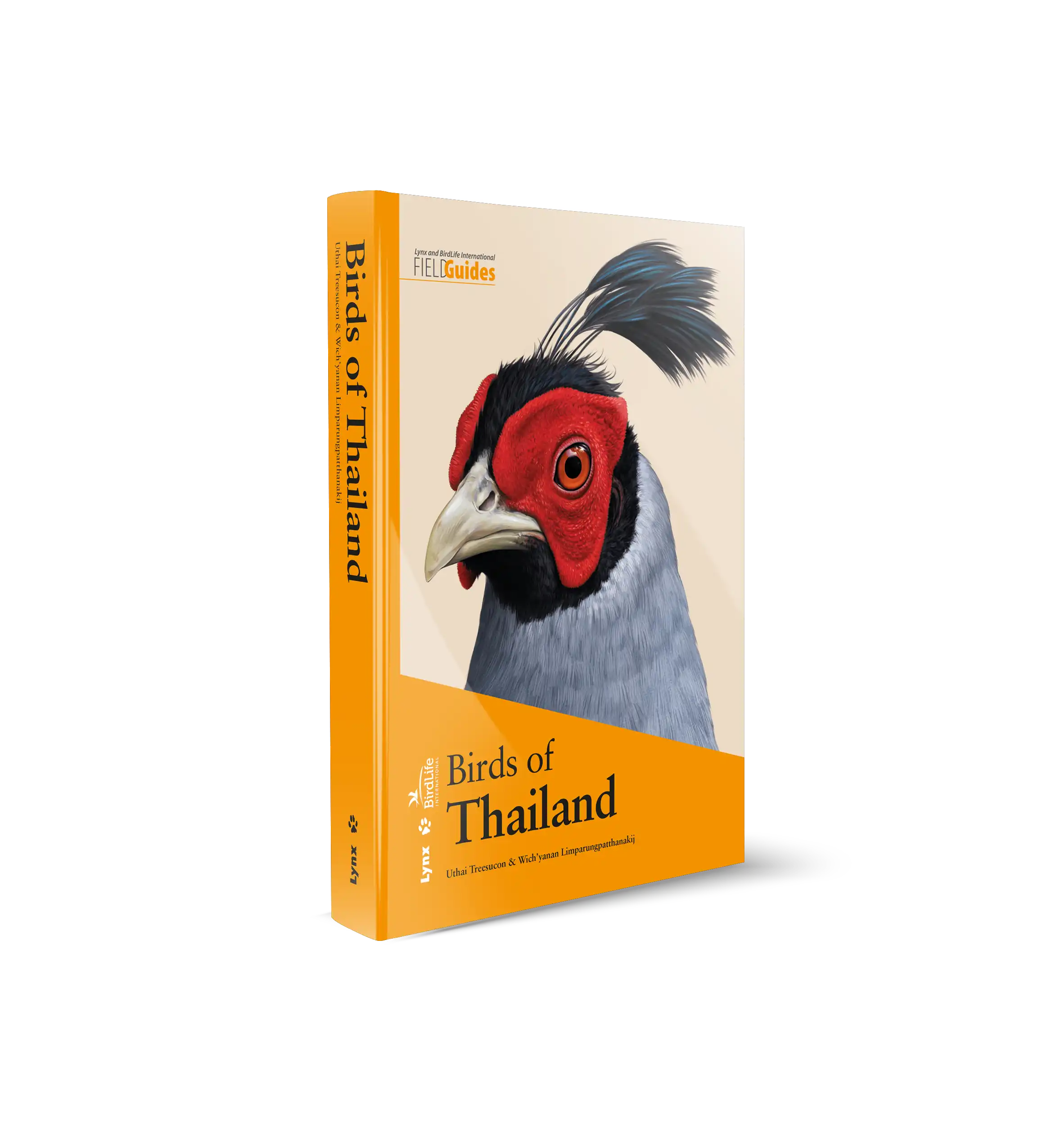
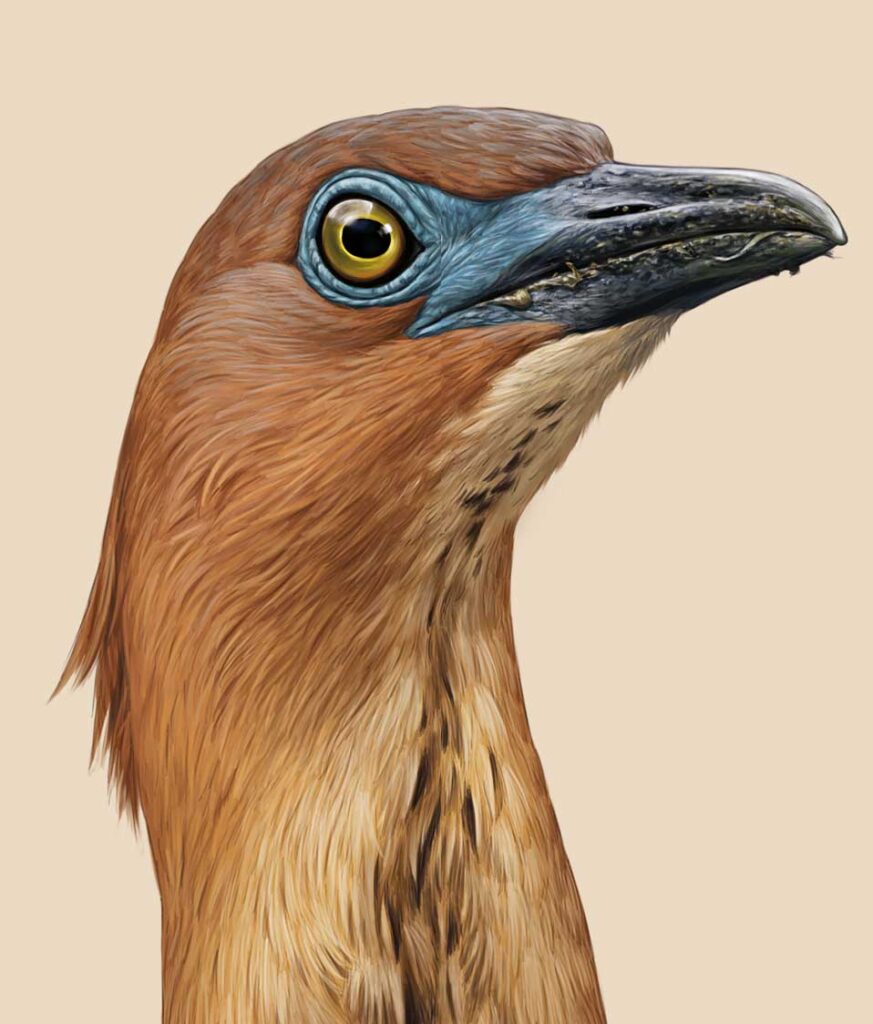








 Copyright 2026 © Lynx Nature Books
Copyright 2026 © Lynx Nature Books
Gehan de Silva Wijeyeratne –
Field guides for birds in Asia have come a long way since I first began to bird watch in Asia. Growing up in Sri Lanka I got off to a good start with G. M. Henry’s ‘A Guide to the Birds of Ceylon’ and Dillon Ripley and Salim Ali’s ‘Handbook of the Birds of the Indian Subcontinent’ in 10 volumes. For travels further east into South-east Asia, I used ‘A Field Guide to the Birds of South-East Asia’ by Ben King, Martin Woodcock and E.V. Dickinson. It took nearly another three decades before this was superseded by Craig Robson’s ‘A Field Guide to the Birds of South-East Asia’ in the modern format with every species illustrated in colour on plates. However, the first edition and even the updated edition in 2008 still had the plates and text in separate parts of the book as was the old custom when full colour printing across the whole book was expensive.
The Handbook of the Birds of the World (HBW) in 17 volumes resulted in the publisher now known as Lynx Nature books having a comprehensive suite of colour illustrations and text for every species of bird in the world. This has placed them placing in an ideal position to produce books which are country specific. The field guides in this spin off series mark an important step change in the development of bird field guides in the world and perhaps more so in part of Asia. Now for many countries we have thoroughly modern field guides with first class illustrations with the species text on a facing page, covering the standard field guide topics on identification, distribution and behaviour. These guides are not important only tools in the hands of scientists and conservationists but they also play an important part in the development of wildlife tourism which provides a further economic impetus to conserve the last remaining wildernesses.
As this book makes clear, Vietnam is a special place for birding with 931 species, 16 endemics and 42 near endemics. Vietnam at one time suffered from the perception that its biodiversity had been largely lost due to human pressures with forests being replaced by agricultural land. In 2006, ‘Vietnam: A Natural History’ by Eleanor Janes Sterling, Martha Maud Hurley and Le Duc Minh’ sought to dispel this myth by providing a fine all-round account of its natural history and outlining many of the exciting recent discoveries of new species not alone with its flora but even with vertebrate species. Nevertheless, Vietnam continues to be still under-appreciated as a birding destination despite the efforts of people like lead author Richard Craik who has been leading birding tours in the country. However, a second edition, 6 years after the first suggests that perceptions on Vietnam’s wildlife potential is changing for the better.
The field guide follows the standard formula for field guides in the Lynx series with the text updated and supplemented by local experts, in this case Richard Craik and Lê Quý Minh. The QR codes take you to the eBird website for supplementary information, images and most usefully sound recordings from the Macaulay Library. The growth of citizen science and the wealth of information that is available now and is being continuously updated is phenomenal and is another essay in itself.
The inner front cover shows Vietnam in relation to its South-east Asian neighbours and the inner back cover marks out 18 of the top birding sites in Vietnam. The first 19 pages of the preliminary sections include an overview of the country’s recent ornithological exploration history, a geographical overview, a summary of key habitat types and a synopsis of the important birding hotspots. There is also an important note on avoiding harm to birds from tape playback and the dangers of baiting at feeding stations and photographic hides resulting in local extinction due to the illegal activity of bird trappers. Conservation in Asia is never easy and even wildlife tourism which is generally a good thing can have unintended consequences.
29 artists are credited with the illustrations, many of which first appeared in HBW. Many of the artists are household names to keen birders who know them for producing some of the finest field guide illustrations in the world. Combine that with first class text, clear distribution maps and QR codes and you are left with an absolutely superb book. The species accounts have the families separated by a shaded header with brief details of the number of extant species in the family and that in the region. The text in addition to describing the bird’s status in Vietnam briefly outlines any sub-species in the region, followed by typical habitat, identification-oriented text, voice and also describes similar species. This is a functional book intended for field use (the flexi-cover option has a water resistant cover). Nevertheless, I find the quality of the overall production and beauty of the artwork also lends the book a certain aesthetic appeal. But then, I enjoy the company of ornithological books and I still have in my collection the books by Ali and Ripley, King, Robson and many more from the Asian region.
Despite multiple visits to some countries in Asia and several natural history book titles on Vietnam in my book collection, I have not yet birded in Vietnam. But with this book on my shelf, I think it will not be long before I go to Vietnam.